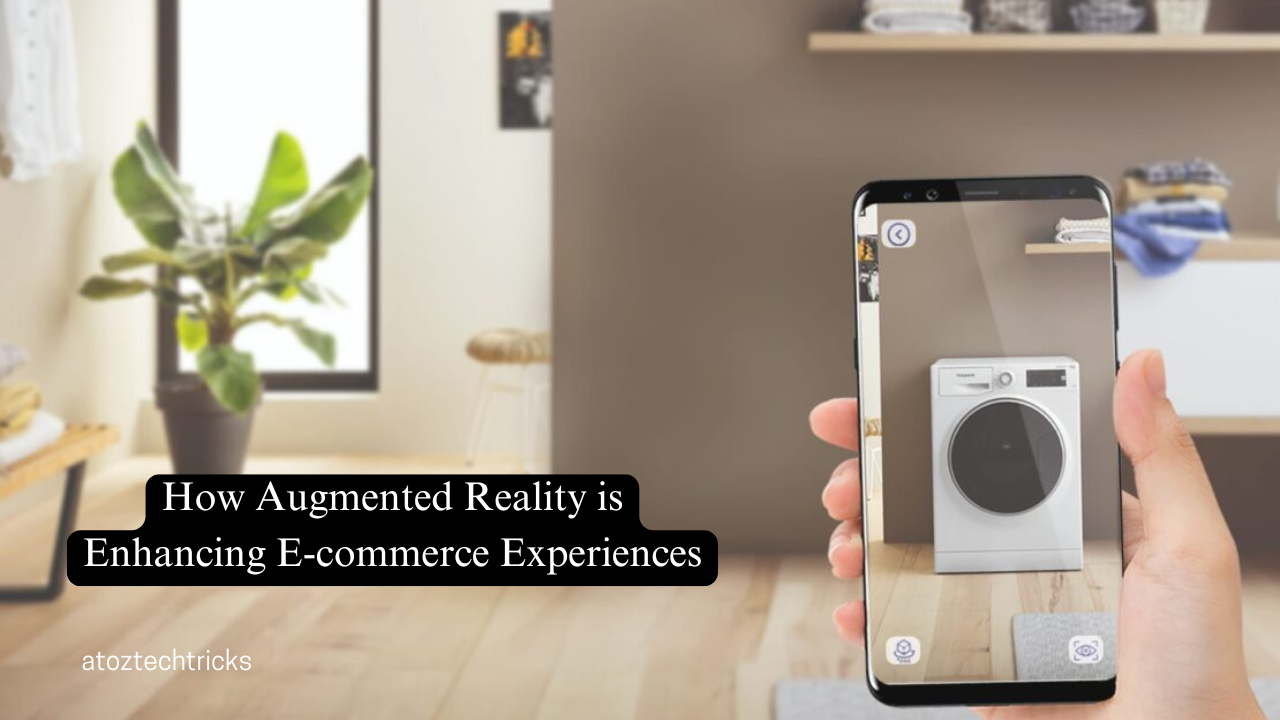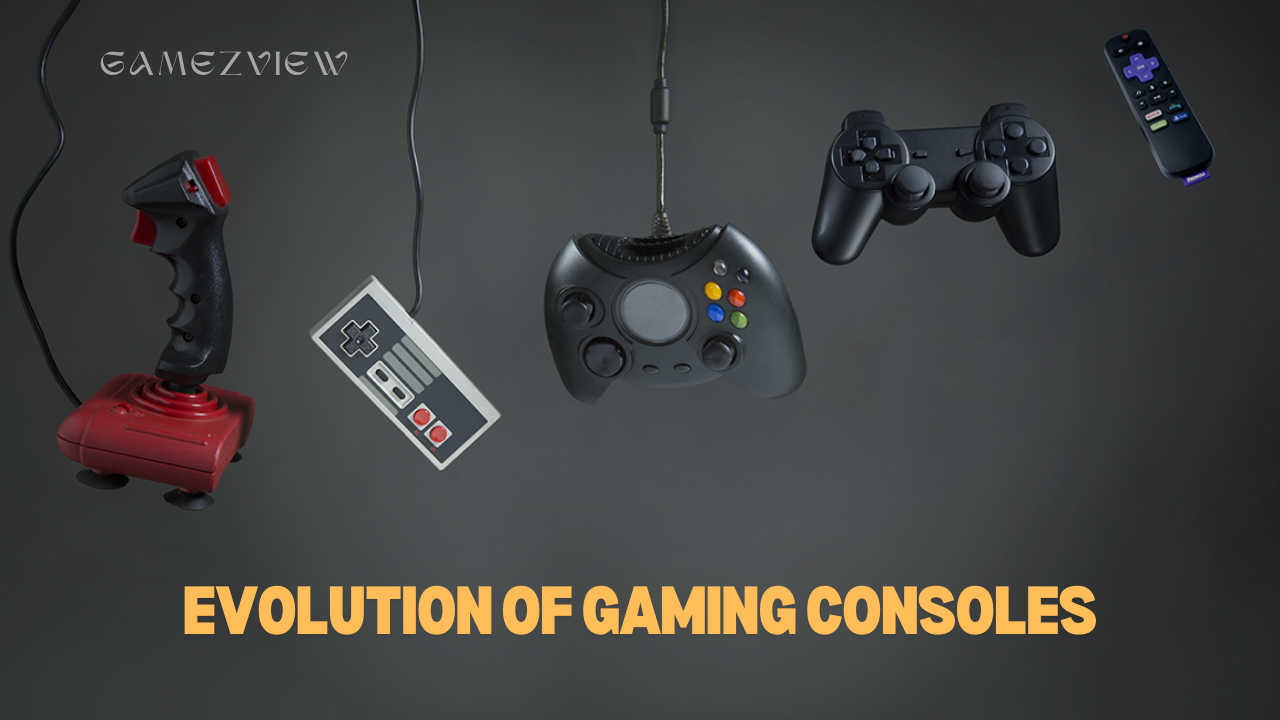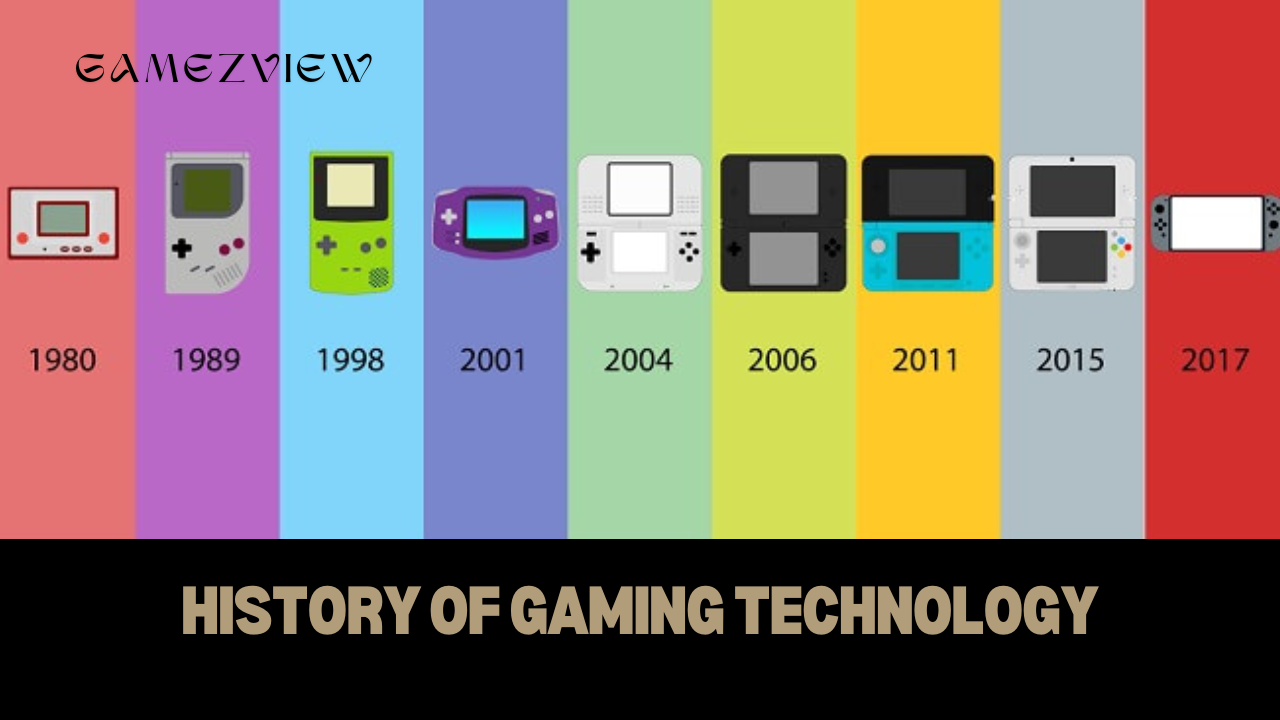In the rapidly evolving world of e-commerce, businesses are constantly seeking innovative ways to enhance customer experiences and stay ahead of the competition. One technology that has made significant strides in this regard is Augmented Reality (AR). By integrating AR into e-commerce platforms, companies are transforming how consumers interact with products, making online shopping more immersive, engaging, and informative. This article explores how AR is enhancing e-commerce experiences, the benefits it offers, and the future potential of this technology in reshaping the retail landscape.
Understanding Augmented Reality
Before delving into its impact on e-commerce, it’s important to understand what Augmented Reality is. Unlike Virtual Reality (VR), which creates a completely artificial environment, AR overlays digital information into the real world. This can be achieved through various devices, including smartphones, tablets, and AR glasses. AR enhances the user’s perception of their surroundings by adding interactive elements such as images, sounds, and data.
In e-commerce, AR applications allow customers to visualize products in their real-world environment before making a purchase. This capability not only enhances the shopping experience but also helps bridge the gap between online and offline shopping by providing a more tangible sense of products.
Enhancing Product Visualization
Virtual Try-Ons
One of the most significant ways AR is enhancing e-commerce is through virtual try-ons. This feature is particularly prevalent in the fashion and beauty industries. For instance, beauty retailers use AR to allow customers to try on makeup virtually. Through the use of a smartphone camera, users can see how different products look on their faces in real-time. This eliminates the need for physical testers and reduces the risk of purchasing products that don’t meet expectations.
Similarly, fashion retailers use AR to let customers try on clothing and accessories virtually. By uploading a photo or using a live camera feed, users can see how different outfits or accessories look on them. This helps customers make more informed decisions, reducing return rates and increasing overall satisfaction.
Home Décor and Furniture Visualization
AR is also revolutionizing how consumers shop for home décor and furniture. Platforms like IKEA have integrated AR features into their apps, allowing users to visualize how furniture and décor items will look in their homes before purchasing. By using a smartphone or tablet, customers can place virtual furniture in their living space, adjust its size, and view it from different angles. This feature helps users make better choices, ensuring that the items they buy fit well with their existing décor and space.
:max_bytes(150000):strip_icc()/AugmentedReality-76549e9ceadc4bdf8368cec685436403.jpeg)
Improving Customer Engagement
Interactive Product Displays
AR can make product displays more interactive and engaging. Instead of static images and text descriptions, AR-enabled e-commerce platforms can provide interactive 3D models of products. Customers can rotate, zoom in, and explore products from various angles, gaining a more comprehensive understanding of their features and details. This interactive approach can lead to higher engagement and longer time spent on product pages, which can positively impact conversion rates.
Gamification and AR Experiences
Gamification is another way AR is enhancing e-commerce experiences. By incorporating AR into marketing campaigns and product promotions, brands can create interactive and entertaining experiences that captivate customers. For example, AR-based scavenger hunts, virtual try-on challenges, or interactive games can drive customer engagement and increase brand visibility. These experiences not only make shopping more enjoyable but also encourage social sharing and word-of-mouth marketing.
Enhancing Product Information and Education
AR Product Instructions
AR can also provide valuable information and instructions about products. For instance, manufacturers can use AR to offer step-by-step assembly instructions for complex products. By scanning a product’s barcode or QR code, customers can access AR-guided tutorials that visually demonstrate how to assemble or use the product. This feature can reduce confusion, improve customer satisfaction, and decrease the need for customer support.
Detailed Product Information
AR can overlay detailed product information directly onto the product image. When a customer points their device at a product, AR can display additional information such as specifications, pricing, and availability. This instant access to comprehensive product details enhances the shopping experience by providing customers with all the information they need to make informed purchasing decisions.
How Tech Giants are Shaping the Future of Artificial Intelligence
Reducing Return Rates
Improved Product Matching
One of the primary reasons for high return rates in e-commerce is product mismatch. AR helps mitigate this issue by allowing customers to visualize products in their real-world context before making a purchase. By providing a more accurate representation of how a product will look and fit, AR reduces the likelihood of returns due to dissatisfaction with the product’s appearance or functionality.
Enhanced Decision-Making
With AR’s ability to provide realistic and interactive product visualizations, customers can make better purchasing decisions. This increased confidence in their choices leads to fewer returns and exchanges, benefiting both customers and retailers. By enhancing decision-making and reducing return rates, AR contributes to a more efficient and cost-effective e-commerce process.
Exploring the Potential of Virtual Reality (VR) in Education
Integrating AR with E-commerce Platforms
AR-Enabled E-Commerce Websites and Apps
Integrating AR into e-commerce platforms involves incorporating AR features into websites and mobile apps. Many e-commerce platforms and retailers have developed their own AR apps or partnered with AR technology providers to offer these features. These integrations typically involve using AR SDKs (Software Development Kits) or APIs (Application Programming Interfaces) to enable AR functionalities within the e-commerce environment.
Collaboration with AR Technology Providers
E-commerce businesses often collaborate with AR technology providers to enhance their platforms. Companies specializing in AR technology offer tools and solutions that integrate with existing e-commerce systems. These collaborations enable retailers to leverage advanced AR capabilities without needing to develop the technology in-house. Examples of AR technology providers include ARKit and ARCore (for iOS and Android devices, respectively), as well as specialized AR companies like Zappar and Blippar.
Future Trends in AR and E-commerce
Advancements in AR Technology
The future of AR in e-commerce is promising, with ongoing advancements in AR technology expected to further enhance the shopping experience. Developments in AR hardware, such as more advanced AR glasses and headsets, will provide even more immersive and seamless experiences for users. Additionally, improvements in AR software, including better object recognition and more realistic 3D rendering, will contribute to more accurate and engaging AR experiences.
Personalized AR Experiences
Personalization is a growing trend in e-commerce, and AR is set to play a significant role in this area. Future AR applications may offer personalized product recommendations based on user preferences, browsing history, and previous interactions. By leveraging AI and machine learning, AR can create tailored shopping experiences that resonate with individual customers, making the shopping journey more relevant and enjoyable.
Integration with Other Emerging Technologies
AR is likely to become increasingly integrated with other emerging technologies, such as artificial intelligence (AI), virtual reality (VR), and the Internet of Things (IoT). For example, combining AR with AI can enhance product recommendations and customer support, while integrating AR with IoT devices can provide real-time information about products and inventory. These synergies will create more cohesive and innovative e-commerce experiences.
Augmented Reality is transforming the e-commerce landscape by enhancing product visualization, improving customer engagement, and providing valuable information. From virtual try-ons and home décor visualization to interactive product displays and gamification, AR offers numerous benefits that enrich the online shopping experience. As AR technology continues to advance, it will play an increasingly important role in shaping the future of e-commerce, offering even more immersive, personalized, and efficient shopping experiences. For businesses, embracing AR is not just a trend but a strategic move to stay competitive and meet the evolving expectations of today’s tech-savvy consumers.




